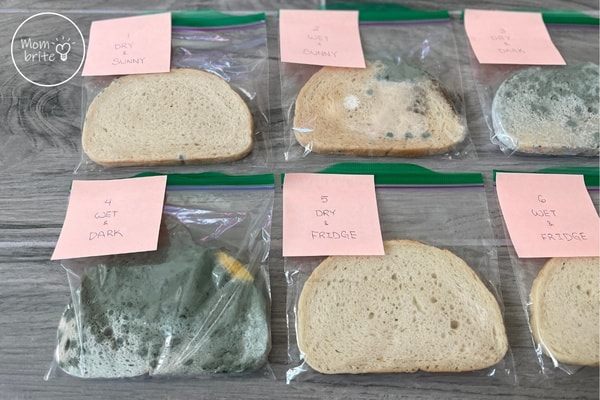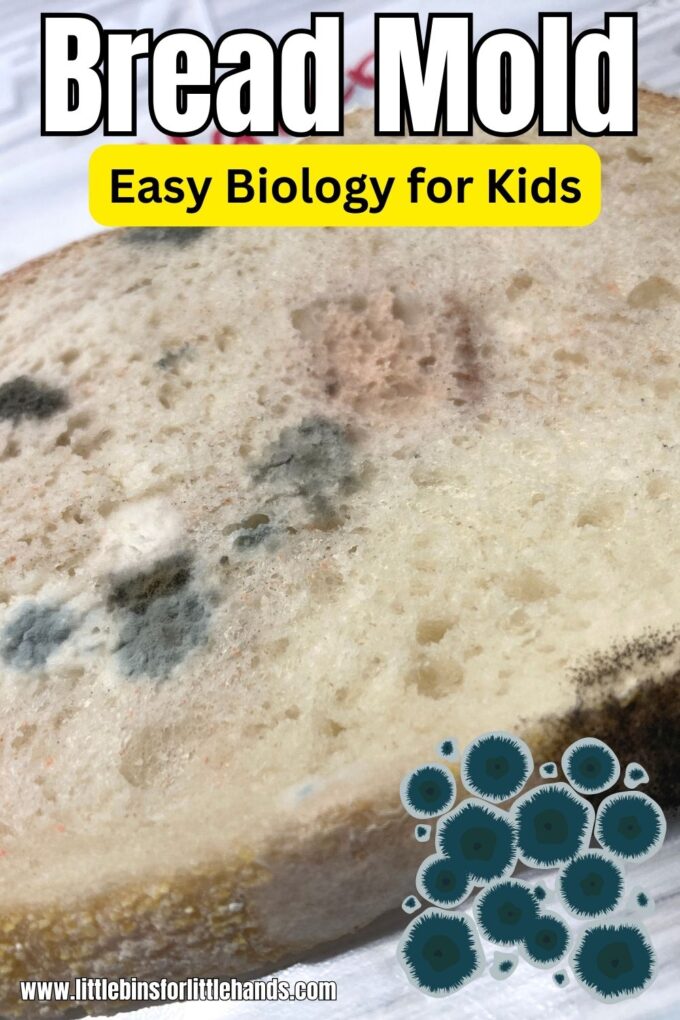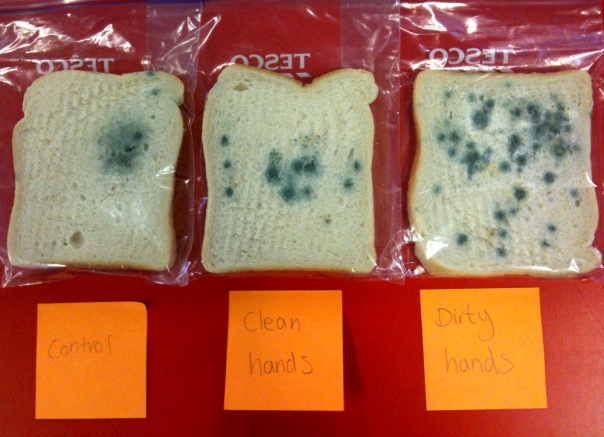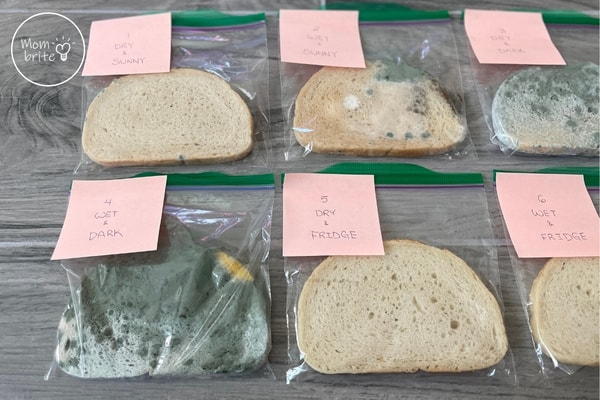Well now, if ya ever wondered why that bread you left on the counter starts growin’ them funny spots, it ain’t just ’cause it’s old! Nope, it’s mold, and it grows on bread mighty quick if ya give it a bit o’ time and the right conditions. So today, we’re gonna talk ’bout how to do a simple little experiment to grow mold on bread. It’s a fun way to learn ’bout them little critters that can make a mess, but ain’t always bad if you look at ’em right.

First thing ya gotta do is get your materials. Now, don’t go runnin’ around the house lookin’ for fancy stuff. All ya need is some bread—doesn’t matter if it’s white bread, whole wheat, or them fancy kinds with seeds all over. You also need a sealable plastic bag, a spray bottle, and just a little bit of water. That’s it! Simple, right? Ya don’t need a lab coat or any fancy equipment, just this stuff, and we’re ready to go.
Now, take a slice of bread and put it in that plastic bag. Ya don’t wanna leave it wide open, so seal it up good. Then, take that spray bottle and mist the bread lightly. Don’t soak it, just a little bit of water will do to get them mold spores nice and cozy. I reckon you don’t need to worry ’bout the bread gettin’ soggy, just a light spray is enough to get the job done.
Once you’ve got that bread in the bag with the mist, set it somewhere warm. Keep it away from sunlight, though—mold likes warm, moist places, but not too much sunlight. Somewhere like a cupboard or a corner of the counter will work just fine. And don’t forget, ya gotta keep checkin’ on it every day or so. By around day 5 to day 9, you’ll start to see them little spots of mold poppin’ up all over the bread. It’s like magic, but really, it’s science! Some days you might see white mold, and other days you’ll notice green or even black. It’s all different types of mold that grow on bread, and they ain’t all the same. Different breads attract different kinds of mold—just like how some folks like different kinds of food, ya know?
Now, if you’re wonderin’ what kinds of mold you might see, well, there are a few common ones. There’s the white mold, which is called Rhizopus, and it’s the first one that usually shows up, especially on white bread. Then, there’s Aspergillus, the black mold that can appear, though it’s not as common as the white. And if you’re lucky (or unlucky, dependin’ on how you look at it), you might even get Penicillium, that green mold you sometimes see on bread that’s been left out too long. Different kinds of bread, like I said, will bring out different kinds of mold, so don’t be surprised if what happens with your bread is a bit different than what happened with someone else’s.
Why does this happen? Well, mold is just a fungus, and it’s lookin’ for something to eat. Bread, with all its starch and moisture, makes for a fine meal. The mold spores are always around, floatin’ in the air, but they can’t grow unless they find a nice place to settle. That’s where your bread comes in. When you add some moisture, the mold spores can start growin’ and spreadin’ around. The bread gets soft and soggy, and the mold just goes to town. It’s like they found a buffet and they’re havin’ a feast!

Now, don’t get scared by all this talk of mold! In some ways, mold can be helpful. Some of it is used in makin’ food like cheese, and Penicillium is what gives us the medicine penicillin. But I wouldn’t want any of that mold growin’ on my sandwich, no sir! This experiment ain’t meant to make ya scared of mold, just to show ya how it grows and what it needs to survive. If ya leave bread out too long, mold is bound to show up. So it’s good to know what it looks like and how fast it can spread!
In this little experiment, you might notice that some of your bread slices grow mold faster than others. That’s because mold growth depends on a few things. Temperature is a big one! If the temperature’s too cold, mold won’t grow at all. In fact, if it’s below 32°F (that’s below freezing), no mold will show up. But if it’s warm enough, and there’s enough moisture, mold will spread all over that bread like wildfire. So, temperature’s a big factor in how fast the mold grows. That’s why you gotta keep the bread in a warm spot, but not too hot or too cold. Just the right temperature is key.
As the days go by, you’ll start to see different kinds of mold growin’ in different patterns. The mold will start as little spots and slowly spread out, coverin’ more and more of the bread. It’s like watchin’ a little science project right in front of your eyes! You might see the white mold first, and then over time, the green or black mold might start to show up. It’s all about how the mold spreads and grows, and it sure is interesting to see how it works. If you leave the bread in the bag long enough, the mold will just take over, and before you know it, you’ve got a whole colony of mold right there in your kitchen.
Conclusion? Well, after you’ve watched the mold grow, you’ll learn that it takes three main things for mold to grow on bread: moisture, warmth, and time. If you don’t have all three, you ain’t gonna get no mold. But when ya do, you’ll see how fast it can spread. So, next time ya leave bread out too long, remember what’s happenin’ with that mold, and maybe you’ll think twice before you eat a slice of old bread!
Tags:[Mold Experiment, Mold on Bread, Bread Science, Mold Growth, Bread Mold, Penicillium, Rhizopus, Aspergillus, Science Experiment, Growing Mold, Household Mold, Bread Mold Experiment]














